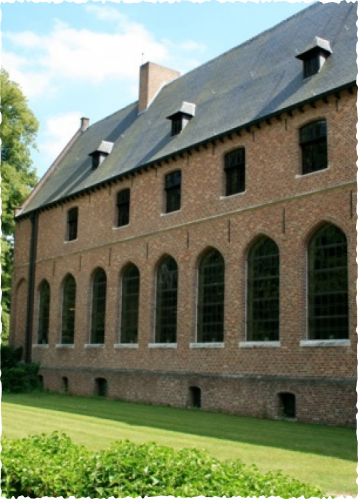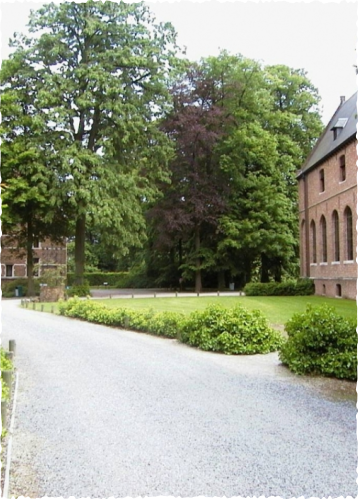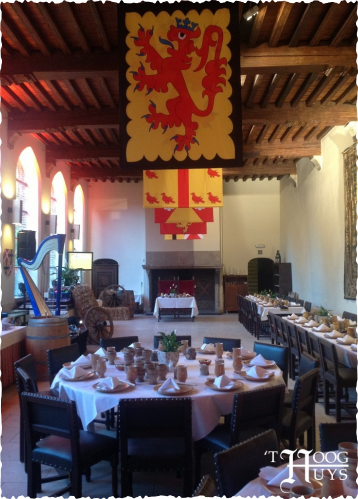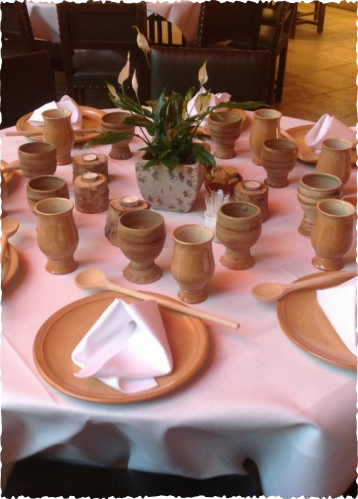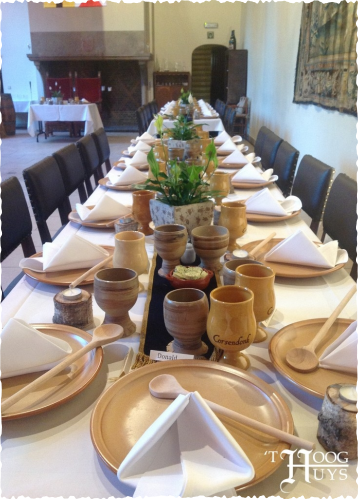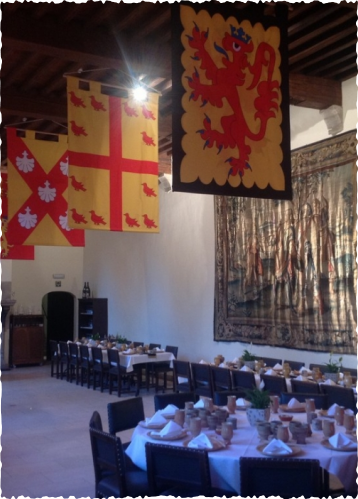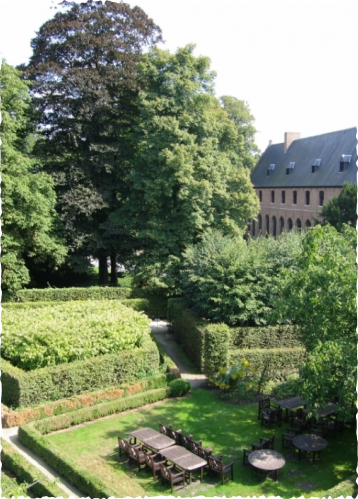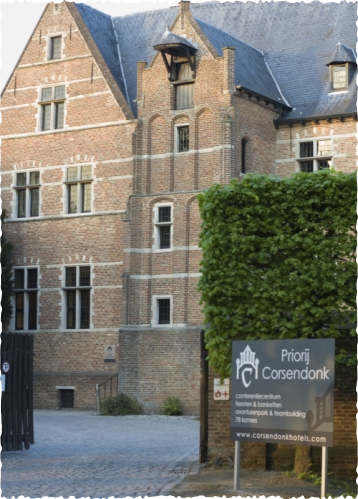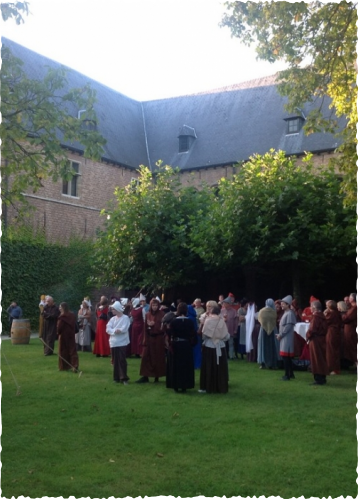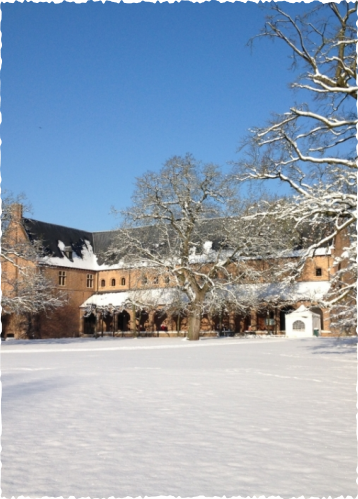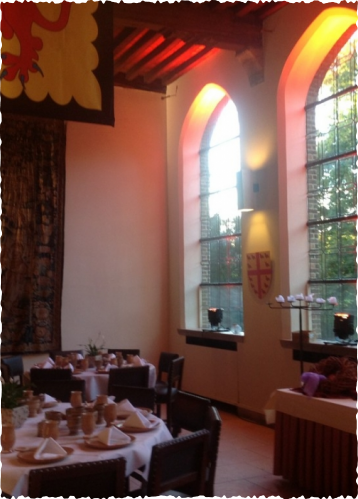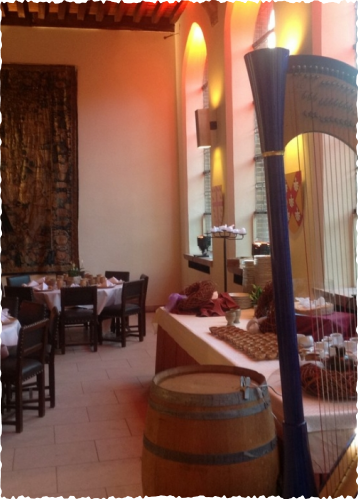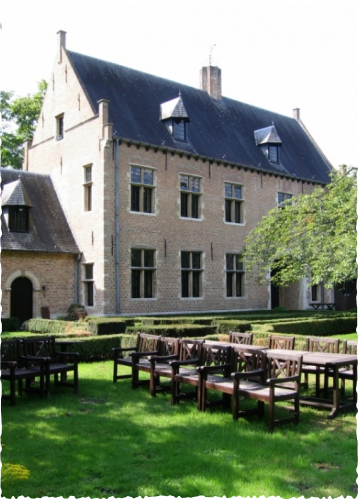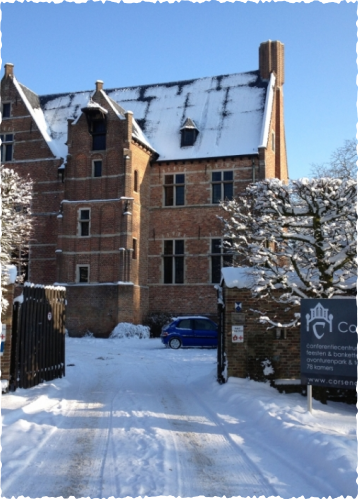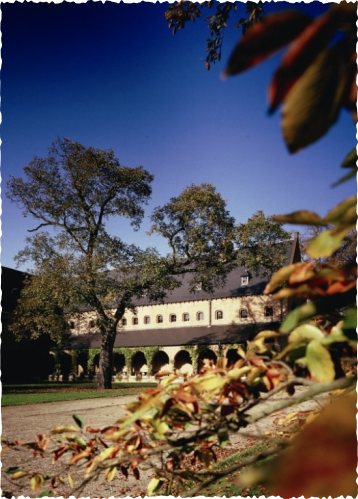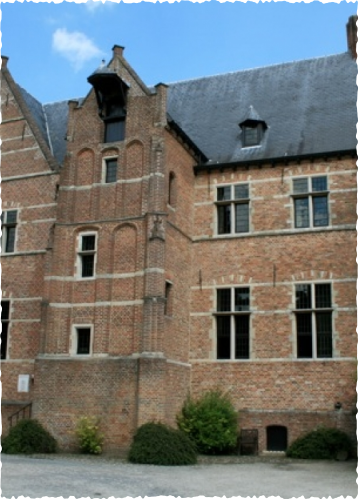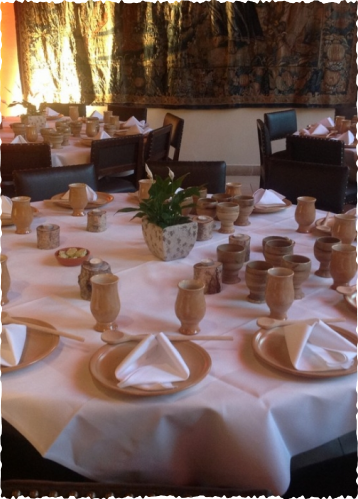Brief history
The history of the priory starts with Maria Van Gelre, also known as the lady of Turnhout (1347-1399), daughter of duke Jan the 3rd Of Brabant. This lady did well for the community and gave away a lot of her possessions, including Corsendonk in 1393. This was mainly intended as “indulgence”, to guarantee her place in heaven. Short after the foundation (1935) it was decided that the monastery would be inhabited by regular canons of the order of St. Augustine, led by a prior. The monks generally occupied themselves with prayer and meditation, worshipping and the calligraphic copying of texts.
During the Austrian reign, the priory was closed by Jozef II. This closure became final during the French revolution in 1795. At the end of the 19th century, the buildings in Corsendonk were used solely as accommodation by industrial families from Turnhout. Fernand Nédée bought the property in 1968 and commenced the restoration. The Flemish government decided to share in the costs. After the “Vrouwenhuis” and the “Lekenhuis”, the north wing of the main building and the “Gastenhuis” were given a makeover. Because the other buildings were in such a bad state, they couldn’t be restored.
Possibilities
Our medieval themed events take place in the original north wing of the Augustinian monastery and the adjacent garden. Our staff and family parties mostly take place in the Chapter house (the former warm room), the area where the canons produced their manuscripts. The basement, with its beautiful vaultings, also remained intact and is a perfect fit for a party. The numerous meeting rooms and the overnight accommodations in the area make this a unique location for multi-day seminars or parties that last until the early hours.
Capacity
The chapter house has a dinner formula for up to 120 people, and a reception formula for up to 250 people. The vaulted cellar, perfect for a dance party with a dessert buffet, has a capacity of 120 people. The “Erasmus” and “Maria Van Brabant” halls can accommodate up to 400 people together, depending on the configuration, and the attic up to 300 people. The 6-hectare garden with its cloister (open building) is perfectly suitable for a medieval garden party.
